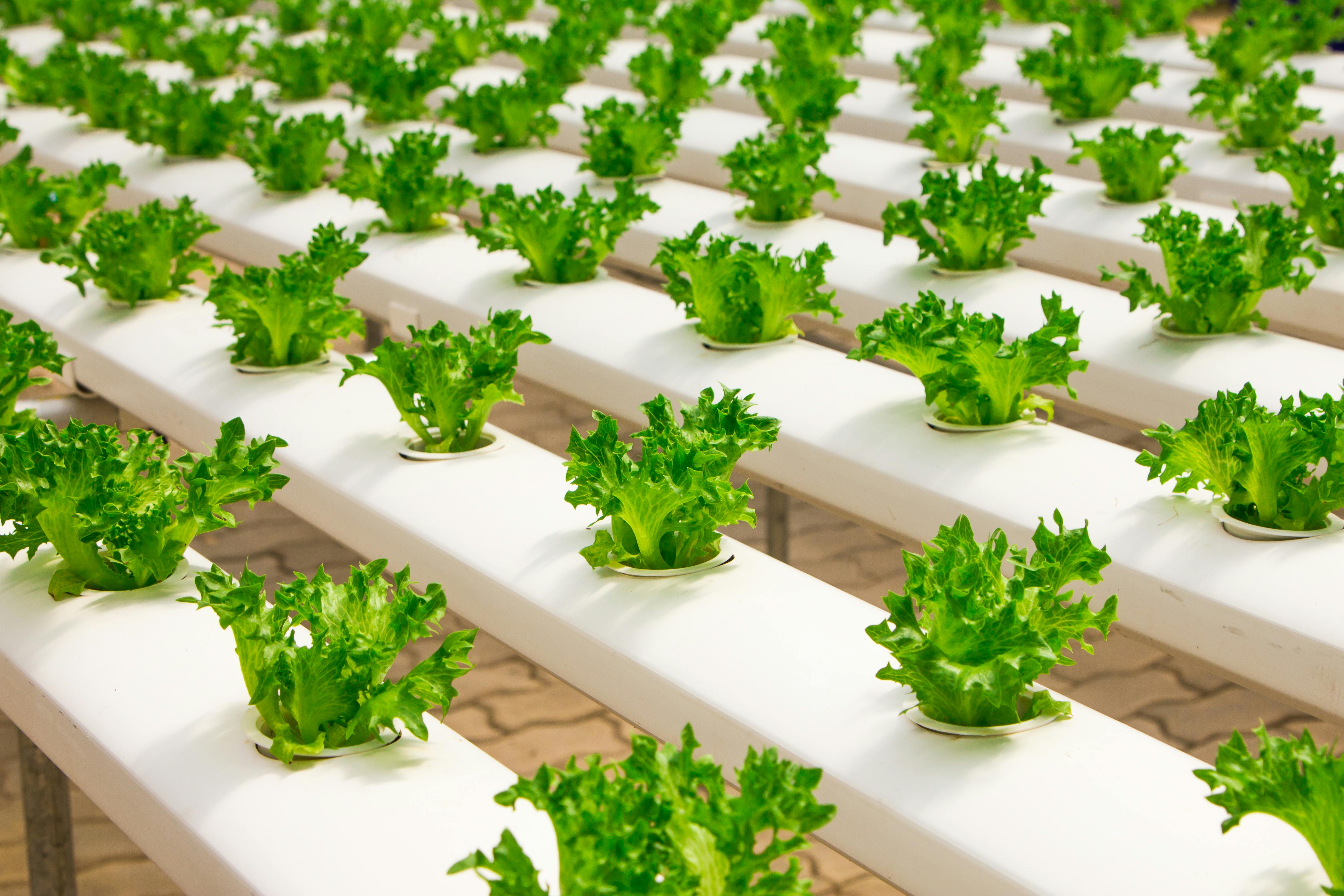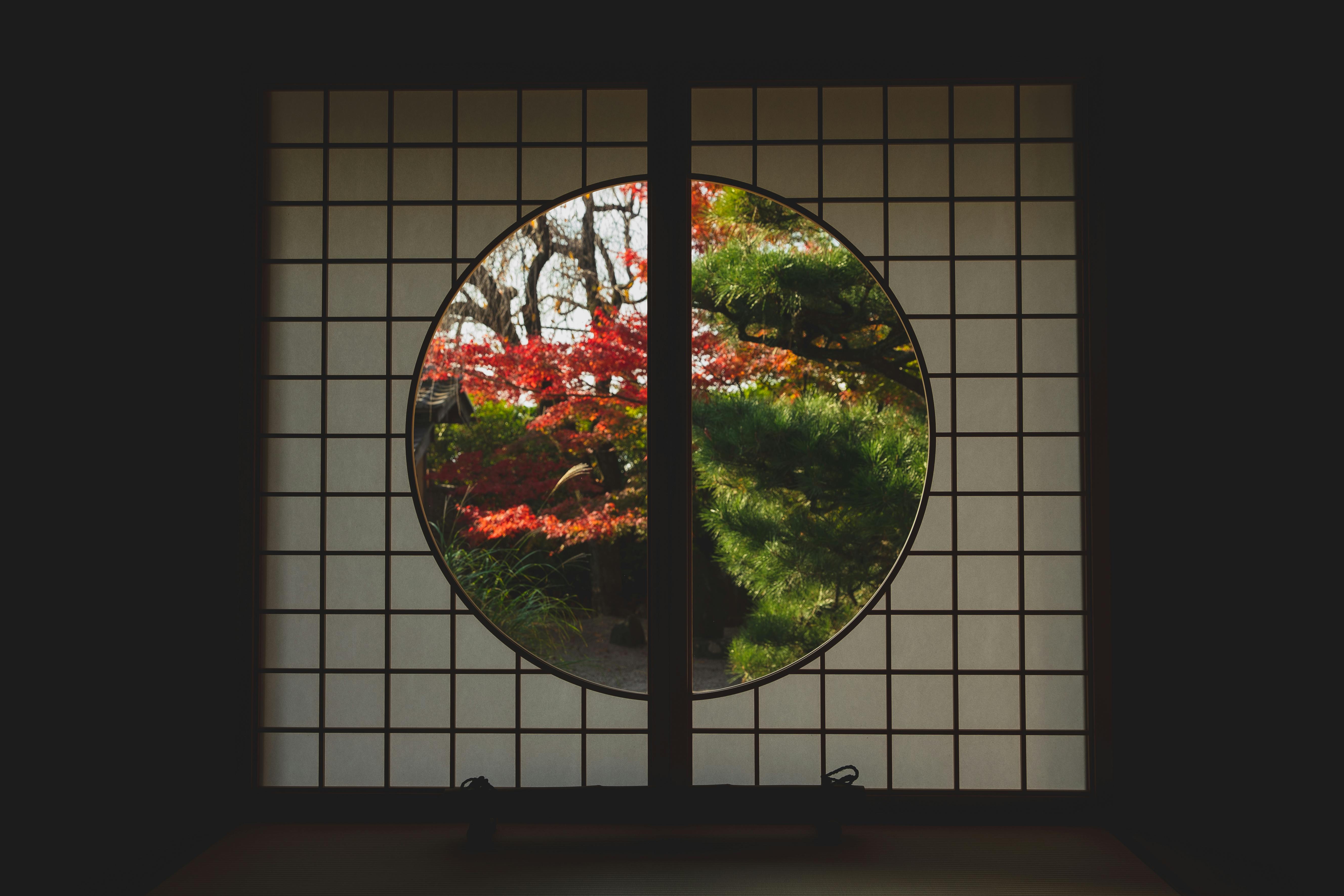Growing your own garden can be a rewarding and satisfying experience. Whether you are just starting out or are an experienced gardener, there are a few basics to keep in mind to ensure success. With the right knowledge and planning, you can create a beautiful garden with minimal effort. Here are some tips on how to grow your own garden.Preparing the soil for planting involves a few steps to ensure optimal growth for your plants. First, check the soil pH level and make sure it is within the range needed for the plants you are trying to grow. If needed, adjust the pH by adding amendments such as lime or sulfur. Next, loosen and aerate the soil by adding organic matter such as compost and/or manure. Finally, rake the soil to create an even surface that is ready for planting.
Choosing the Right Plants
When it comes to choosing the right plants for your garden, there are a few things to consider. First and foremost, you need to consider the climate in which you live. Different plants require different temperatures and moisture levels in order to thrive, so understanding your local climate is essential. You should also consider the amount of sunlight that will reach your garden spot. Some plants need full sun while others prefer shade or partial shade. Knowing how much light your plants will receive will help you choose the right ones for your location.
<
Deciding Where to Grow Your Garden
When you are a budding gardener, it is important to decide where to grow your garden. You need to consider the amount of sunlight, water, and soil fertility that will be available in the area. You also need to make sure that the area is safe from pests, animals, and other potential hazards. The best way to determine where you should plant your garden is by assessing your environment and determining what will work best for you.
The first step in deciding where to grow your garden is to evaluate the
Setting Up a Watering System
Installing a watering system for your garden or lawn can be a great way to keep your plants healthy and hydrated. A well-designed system can help reduce the amount of time you spend manually watering, while also making sure that each area receives the right amount of water. In this guide, we’ll walk through the steps for setting up an automated watering system, so you can spend more time enjoying your garden and less time tending to it.
First, you’ll need to decide which type of system is
https://images.pexels.com/photos/348689/pexels-photo-348689.jpeg
Creating Support Structures for Plants
Creating support structures for plants is essential in many gardens. Properly designed and constructed supports can help improve the health and appearance of your plants. There are several types of supports available, each designed to meet the specific needs of different plants. The supports can range from simple stakes or trellises to elaborate cages or frames.
Stakes are a popular and inexpensive way to provide support for plants. Stakes come in many sizes and shapes, and can be made from wood, plastic, metal, or other materials. They are most

Adding Compost and Fertilizer
Adding compost and fertilizer to your garden is a great way to give your plants the nutrients they need to thrive. Compost is a great source of slow-release organic matter which helps to improve soil structure, aeration and drainage, as well as providing essential nutrients for plant growth. Fertilizers, on the other hand, provide a more concentrated dose of nutrients in the form of either chemical or organic compounds. Both compost and fertilizer are important for healthy plants, but it’s important to understand how
Controlling Weeds and Pests
Weeds and pests can be a major problem in your garden. They can take over your plants and make them look unkempt and unhealthy. Fortunately, there are several methods you can use to control weeds and pests in your garden.
The first step in controlling weeds is to remove them manually. This means digging them out of the soil or cutting them off at the base. You can also use mulch or black plastic to physically block their growth.
The next
Being Patient When Growing Your Garden
Patience is key when it comes to growing a garden. It can be difficult to wait for your plants to grow, but waiting will pay off in the end. Gardening requires patience and dedication in order to reap the rewards of beautiful blooms and delicious produce.
The amount of time it takes for a garden to mature varies depending on the type of plants you are trying to grow. Some plants, such as annuals, can be harvested within a few months while perennials may take up to two or three

Conclusion
Gardening is a great way to connect with nature, get some exercise, and enjoy the satisfaction of growing your own food. Whether you have a large backyard or a small balcony, it is possible to grow your own garden. Start by deciding what type of garden you would like to create and researching the best practices for growing in your area. Make sure to select the right location and prepare the soil for planting. Choose plants that are appropriate for your climate and soil conditions. With consistent watering, fertilizing, and weeding, you can begin to enjoy the fruits
